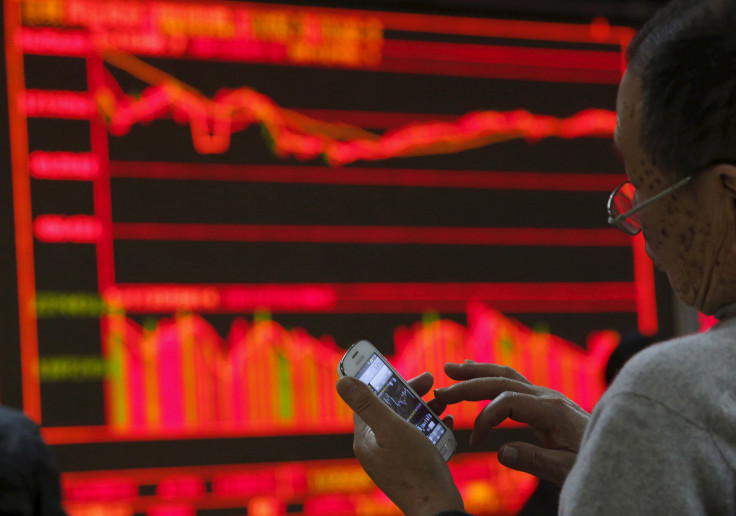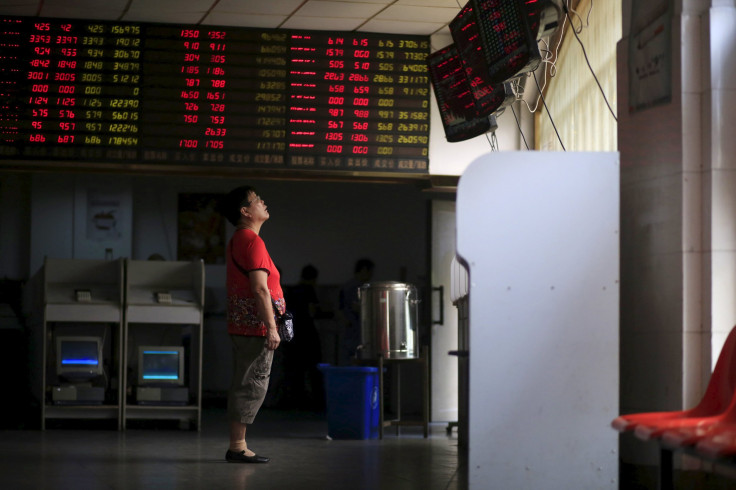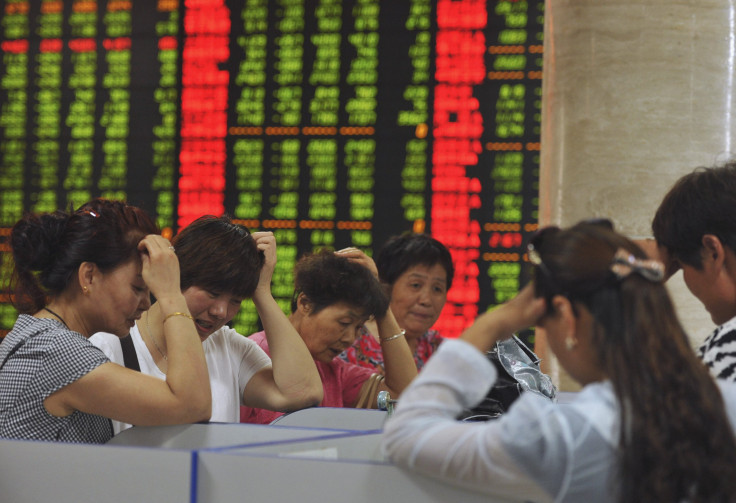Share Prices In China Rise Friday Morning After Controversial Circuit Breaker Suspended

SHANGHAI — Markets in China rose in morning trading Friday, following the previous day's sharp falls, though share prices remained volatile, with sentiment continuing to be affected by this week’s drop in the value of the Chinese yuan.
China’s main indexes in Shanghai and Shenzhen closed up 2.4 percent and 1.6 percent respectively at lunchtime, while the CSI 300 index of major stocks rose almost 2.8 percent. Hong Kong’s Hang Seng was also up 1.1 percent. Japan’s Nikkei was also slightly higher.
Reports of Chinese government intervention to boost the value of the Chinese yuan in offshore trading may have calmed anxious investors, and the authorities have also announced other measures in an attempt to reassure a market where sentiment is often as influential as economic fundamentals.
After share prices plunged some 12 percent in the first four trading days of the week, Chinese authorities sought to calm investors late Thursday by announcing that they were suspending the market’s new circuit-breaker mechanism.

The mechanism, introduced Monday, was intended to prevent volatility by pausing trading when shares fell 5 percent, and halting it for the day if they fell 7 percent. However after trading was halted on both Monday and Thursday, many analysts criticized the circuit breaker: They said it only panicked investors, leading to rapid sell-offs as soon as trading resumed after the initial pause. And many experts said the threshold for the suspensions had also been set too low for China’s notoriously volatile markets. Observers have also pointed out that while a circuit breaker mechanism was introduced in the U.S. in the 1980s, it has only once led to a trading halt.
Deng Ke, spokesman for China’s Securities Regulatory Commission (CSRC), said in a statement that “the negative impact [of the policy] has now exceeded the positive side” and the policy would be shelved for further study.
Influential business publication Caixin also quoted social media speculation that the head of the CSRC, Xiao Gang, had tendered his resignation in response to this week’s chaos on the markets, but this has not been confirmed — and Caixin's article was later deleted.
Some analysts said the scrapping of the circuit breaker would help to prevent panic selling. And the authorities have also sought to reassure markets by introducing new rules for holders of major stakes in companies: fears that an end to a six-month ban on the selling of shares by major stockholders, due to come into effect Friday, would lead to a major sell-off were seen as another major factor in this week’s market falls.

The CSRC announced Thursday that anyone holding more than 5 percent of a company’s stock would be allowed to sell off only 1 percent of that company’s total shares in any three-month period — and would have to give the market 15 days notice before doing so.
However concerns over the falls in the value of the Chinese yuan, which has reached a five-year low against the U.S. dollar this week, have been exacerbated by data showing a further fall in China’s manufacturing activity last month, and a slight slowing in previously rapid growth in the country’s service sector. China’s GDP growth slowed to 6.9 percent, its lowest rate in six years, in the third quarter of last year.
© Copyright IBTimes 2024. All rights reserved.





















